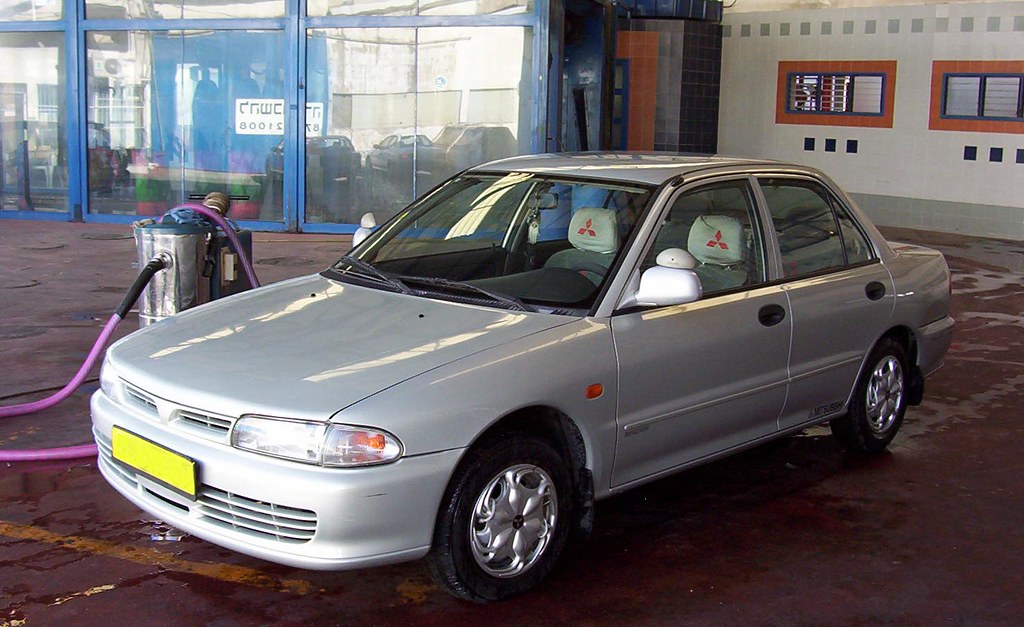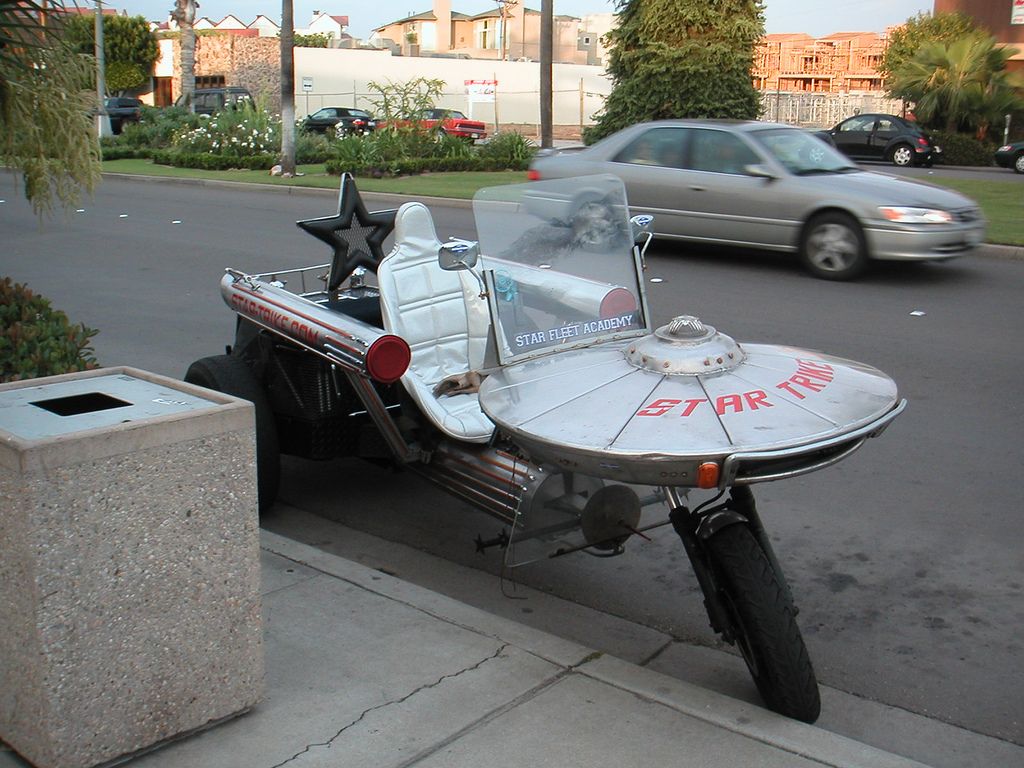
Every car owner knows that a smooth ride is often accompanied by the familiar sounds of an engine running seamlessly. But what happens when that symphony of smooth operation is interrupted by a jarring squeal, a persistent rattle, or a concerning knock? These unusual noises are more than just annoying; they are your vehicle’s way of communicating, signaling that something might be amiss under the hood or beneath the chassis. Ignoring these crucial auditory cues can lead to more significant, and often more expensive, problems down the road.
Learning to interpret these sounds is an essential skill for any car owner, empowering you to identify potential issues early and take proactive steps toward resolution. Whether you’re a seasoned DIY mechanic or just starting to understand the intricacies of your vehicle, this guide will demystify common car noises, providing clear, actionable insights into what each sound might signify and how to address it. Our goal is to equip you with the knowledge to either fix minor issues yourself or accurately describe the problem to a trusted professional, ensuring your car stays in top shape.
From the subtle hum of a healthy engine to the distinct warnings of impending trouble, we’ll walk you through a comprehensive breakdown of the most frequently encountered strange car noises. By understanding their origins and implications, you’ll gain the confidence to diagnose and tackle these challenges head-on, keeping your vehicle running smoothly and safely for years to come. Let’s dive into the fascinating world of automotive diagnostics, starting with some of the most common sound complaints drivers encounter.
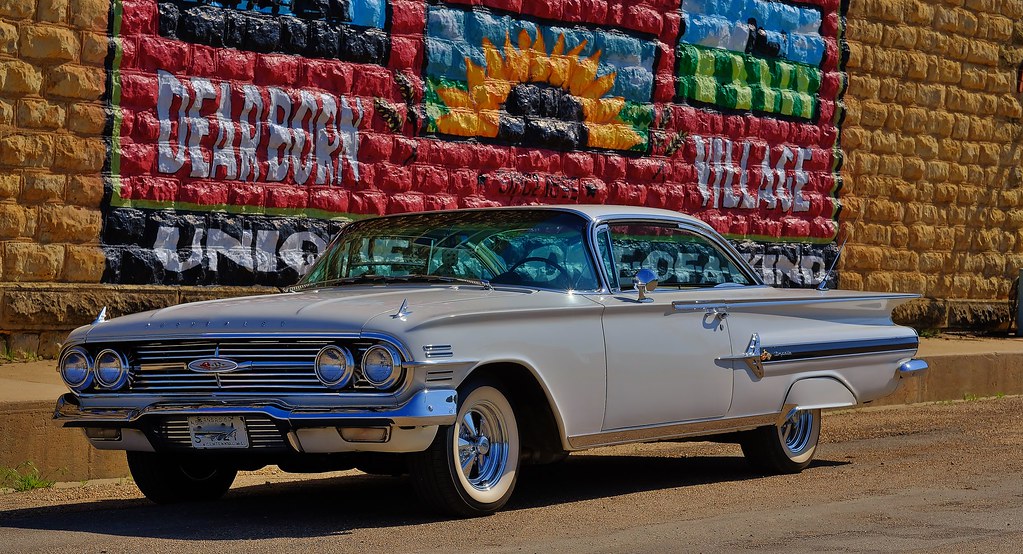
1. **Squealing or High-Pitched Noise (Under Hood – Belts/Pumps)**That high-pitched squealing sound emanating from under your hood, particularly when the car is moving or starting, is one of the most common and attention-grabbing noises. It often signals a problem with your car’s serpentine belt, which powers vital accessories like the alternator, power steering pump, and air conditioning compressor. A belt can squeal because it’s worn, loose, or contaminated with fluid, causing it to slip on the pulleys. This isn’t just an irritating noise; it’s a clear indicator that a critical component isn’t performing optimally.
Alternatively, this squeal could be attributed to issues with the power steering pump itself. If the power steering fluid level is low, or the pump is starting to fail, it can produce a distinct whine or squeal, especially noticeable when you turn the steering wheel. This is a sound that demands your attention because a failing serpentine belt can leave you stranded, and a compromised power steering system can severely affect your vehicle’s handling and safety. Addressing it promptly can prevent a loss of power to essential systems.
To diagnose this, visually inspect the serpentine belt for signs of wear, such as cracks, fraying, or glazing on the ribbed surface. Check its tension; it shouldn’t feel excessively loose. Next, examine your power steering fluid reservoir. Ensure the fluid level is within the recommended range. If the fluid is low, topping it up might temporarily alleviate the noise. However, if the squealing persists after these checks, or if you notice any fluid leaks, it’s advisable to consult with a mechanic to pinpoint the exact source and prevent a complete system failure.
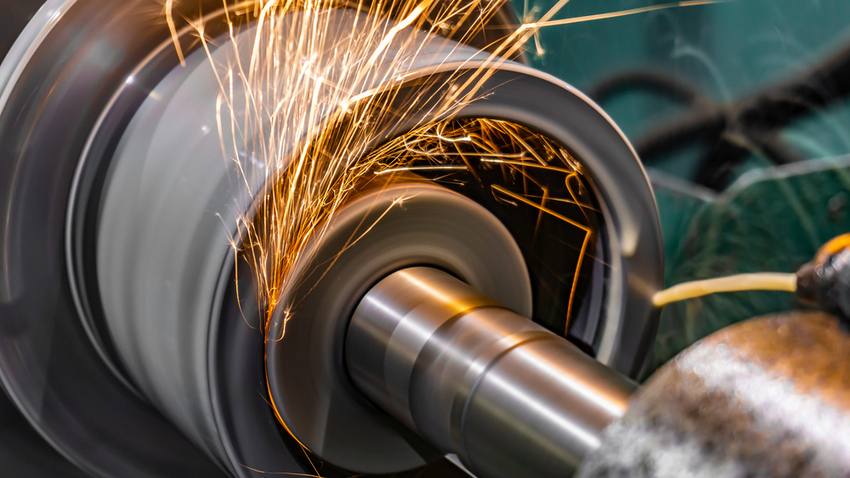
2. **Grinding Sound (Brakes – Severe Wear)**Few car noises are as alarming as a grinding sound when you apply the brakes. This isn’t just a sign that your brakes need attention; it’s a blaring alarm that indicates a serious and potentially dangerous situation. A grinding noise typically means that your brake pads are completely worn out, and the metal backing plates of the pads are now rubbing directly against the metal brake rotors. This metal-on-metal friction not only produces a harsh, grating sound but also severely compromises your braking performance.
When you hear this grinding, it’s not merely an inconvenience; it’s a critical safety issue that requires immediate action. Driving with metal-on-metal brake contact can rapidly damage your brake rotors, turning what could have been a simple pad replacement into a much more costly repair involving both pads and rotors. More importantly, severely worn brakes significantly increase your stopping distance and the risk of a brake system failure, putting you and others on the road in danger. Your car’s ability to stop reliably is paramount for safe operation.
Upon hearing a grinding noise during braking, you should get your vehicle inspected by a professional mechanic as soon as possible. They will typically examine the brake pads and rotors to assess the extent of the wear. In most cases, both the brake pads and the rotors will need to be replaced. Do not delay this repair, as every moment you continue to drive, you are compounding the damage and increasing the safety risk. This is a textbook example of a noise that signals an urgent, mandatory repair.

3. **Rattling Noise (Exhaust/Loose Components)**A rattling noise coming from under your car, especially noticeable when idling, accelerating, or driving over bumps, often suggests a loose or damaged component within the exhaust system or elsewhere in the undercarriage. This particular sound can range from a subtle jingle to a more pronounced clang, depending on the severity and location of the issue. Common culprits include a loose heat shield, which is designed to protect the undercarriage from the exhaust system’s heat, or a damaged exhaust pipe or muffler itself.
While a loose heat shield might seem minor, if it’s left to rattle and rub, it can eventually break off entirely or cause wear to other components. More concerning, a rattling within the muffler or catalytic converter could indicate internal damage to these crucial components. A damaged catalytic converter, for instance, can impair your engine’s performance and fuel efficiency, and can be an expensive repair if neglected. These components are vital for managing exhaust gases and ensuring your vehicle runs cleanly and efficiently.
To diagnose a rattling sound, safely inspect the underside of your vehicle when it’s cool. Gently shake parts of the exhaust system to see if you can replicate the rattle. Look for loose clamps, hangers, or heat shields. Sometimes, a simple tightening of a bolt or replacement of a hanger can resolve the issue. However, if the sound originates from within the muffler or catalytic converter, or if you suspect a more extensive exhaust leak, a professional inspection is highly recommended. Addressing rattles early can prevent them from escalating into more serious exhaust system failures.

4. **Thumping Sound (Tires/Suspension/Drivetrain)**If you hear a rhythmic thumping sound coming from under your vehicle, particularly noticeable at certain speeds, it’s an immediate signal to investigate. This noise can be quite unsettling because it often indicates a problem with components directly related to your vehicle’s stability, ride comfort, and safety. A common cause for a thumping sound is a defective tire, such as one with a broken tread belt or an internal separation. These issues create an uneven surface that literally thumps against the road as the wheel rotates, and can be extremely dangerous if the tire fails at speed.
Beyond tire issues, a thumping noise can also point to problems within your suspension system. Worn-out shock absorbers, struts, or even damaged suspension joints can produce a thumping or knocking sound, especially when driving over uneven surfaces or bumps. These components are vital for absorbing road impacts and maintaining proper wheel alignment, directly impacting your vehicle’s handling and control. A compromised suspension can lead to premature tire wear, poor ride quality, and potentially hazardous driving conditions, making this sound a clear call for attention.
To begin diagnosing a thumping sound, first, pull over to a safe location and visually inspect all four tires for any bulges, flat spots, or embedded objects. Check your tire pressure to ensure they are properly inflated. If the tires appear normal, the next step is to investigate the suspension components. Look for any visible damage, leaks from shocks, or loose connections. Given the critical role of both tires and suspension in vehicle safety, if you cannot identify and rectify the cause yourself, a professional inspection is strongly advised to prevent further damage or a potential safety incident.
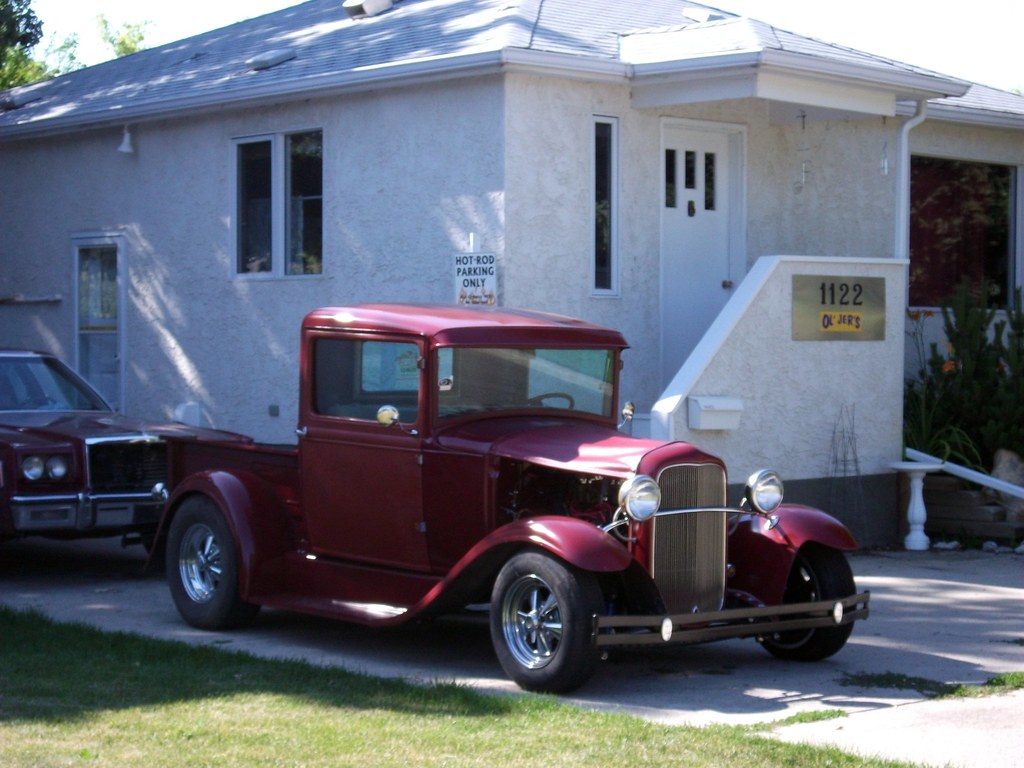
5. **Knocking or Pinging Sounds (Engine)**An engine that produces a knocking or pinging sound is unequivocally communicating distress. These sounds, often described as a metallic rattling or a light knocking, typically arise from abnormal combustion within the engine’s cylinders. A ‘pinging’ noise usually occurs when the air-fuel mixture ignites prematurely, a phenomenon known as pre-ignition or engine knock. This can be caused by using low-quality fuel with an insufficient octane rating, incorrect ignition timing, or excessive carbon buildup on the piston tops or cylinder heads, which can create hot spots.
While occasional light pinging might not cause immediate catastrophic damage, consistent knocking or pinging indicates that your engine is under undue stress. Over time, prolonged knocking can lead to serious internal engine damage, including harm to pistons, connecting rods, and bearings. This reduces engine efficiency, decreases fuel economy, and significantly shortens the lifespan of critical engine components. It’s a sound that should never be ignored, as it directly impacts the very heart of your vehicle and your engine’s long-term health.
To address engine knocking or pinging, start by ensuring you are using the correct octane fuel recommended for your vehicle. If the problem persists, especially after refueling with higher octane, consider that it might be due to carbon buildup. Fuel system cleaners can sometimes help, but for more severe cases, professional cleaning might be necessary. It is also crucial to have your ignition timing checked. If these initial steps don’t resolve the issue, a professional diagnostic is essential, as the knocking could signal more serious internal engine problems such as worn pistons or valves, requiring expert intervention.
6. **Tapping Noise (Engine – Oil/Lifters)**Distinct from the heavier knocking sound, a lighter, often rhythmic tapping noise emanating from your engine can also be a cause for concern. This sound is frequently associated with the valvetrain components, specifically the hydraulic valve lifters or rocker arms. One of the most common reasons for a tapping noise is simply low engine oil levels. When oil levels are insufficient, the hydraulic lifters may not receive adequate lubrication or oil pressure, causing them to tap as they operate without proper cushioning and dampening.
Engine oil is the lifeblood of your engine, and low oil levels or old, degraded oil can lead to increased friction and wear among moving parts. Beyond just low oil, a tapping sound could also indicate worn-out valve lifters or camshaft lobes, which have lost their proper clearances. If the oil is too thick or too thin, or if the oil pressure is not maintained correctly, these sensitive components can wear prematurely, manifesting as a persistent tapping. Addressing this sound promptly is vital for preventing accelerated wear and potential damage to your engine’s intricate valvetrain.
The first and most straightforward step in diagnosing an engine tapping noise is to check your engine oil level using the dipstick. If it’s low, top it up with the correct type of oil as specified in your owner’s manual. If the oil level is correct, consider when your last oil change was. Old or dirty oil loses its lubricating properties and might need replacement. If the tapping persists after ensuring proper oil levels and fresh oil, it suggests a deeper issue like worn lifters or other valvetrain components. In such cases, a professional mechanic can perform a more thorough diagnosis, often involving listening with specialized tools to pinpoint the exact source of the tap.

7. **Whining Sound (Engine – Alternator/Power Steering Pump/Timing Belt)**A persistent, high-pitched whining sound from under the hood, especially one that changes with engine RPM, is another clear signal your vehicle is trying to send. This sound often points to issues with crucial engine accessories. It’s distinct from the sharper squeal of a slipping serpentine belt, though a worn serpentine belt can also contribute to a whining noise if it’s struggling to drive components. The key here is to differentiate the source, as a whining often indicates a component struggling or failing within a system.
One of the most common culprits for a whining sound is a failing alternator. The alternator is responsible for charging your car’s battery and powering its electrical systems while the engine is running. If its internal bearings are wearing out or if it’s straining to produce enough power, it can emit a noticeable whine. Similarly, the power steering pump, which assists in making steering effortless, can also whine, particularly when fluid levels are low or the pump itself is on its way out. This is often more pronounced when you turn the steering wheel.
Another less common but serious source of a whining noise could be the timing belt or timing chain. While many modern engines use chains designed to last the life of the vehicle, some still rely on belts that require periodic replacement. If a timing belt or its tensioner starts to fail, it can create a whining sound. This is a critical issue because the timing belt ensures your engine’s valves and pistons operate in perfect synchronization; a failure here can lead to catastrophic engine damage.
To diagnose a whining sound, start by listening carefully to determine if the pitch changes with engine speed or when you turn the steering wheel. If it varies with engine speed, the alternator is a prime suspect. You can also try carefully disconnecting the serpentine belt for a brief moment (only if you know how and for a very short period to avoid overheating) to see if the whine disappears, which helps isolate belt-driven accessories. If you suspect the power steering pump, check its fluid level and observe if the whine intensifies when turning the wheel. For timing belt concerns, professional diagnosis is essential due to the complexity and potential for severe engine damage.
8. **Clunking or Banging Noise (Suspension/Steering)**When your car produces a distinct clunking or banging noise, especially when driving over uneven surfaces, potholes, or bumps, it’s a strong indicator of an issue within the suspension or steering system. Unlike the rhythmic thumping of a tire, these sounds are often sharper, more abrupt, and can feel like something is loose or detached. This can be particularly unsettling as it directly affects your vehicle’s stability and ride quality.
These noises commonly arise from worn-out or damaged suspension components. Shock absorbers and struts, which are designed to dampen road impacts, can start to clunk if they are worn out and no longer performing their function effectively. Similarly, bushings that insulate various suspension joints from metal-on-metal contact can degrade over time, leading to play and subsequent clunking. Worn ball joints or tie rod ends, critical for steering precision and wheel alignment, are also frequent culprits, producing clunking sounds as they allow excessive movement.
Ignoring these clunking sounds can lead to a cascade of problems. A compromised suspension system can result in poor handling, uneven tire wear, and an uncomfortable ride. More critically, severely damaged components like ball joints or tie rods can fail entirely, leading to a sudden loss of steering control – a highly dangerous situation. The integrity of your suspension and steering is paramount for safe operation, making these noises a priority for investigation and repair.
To diagnose this, try to pinpoint the location of the sound. Does it come from the front or rear, or from a specific side? Gently push down on each corner of your car; if it bounces excessively or you hear a clunk, the shocks or struts on that corner might be worn. Visually inspect visible suspension components for signs of damage, leaks, or excessive rust. Given the safety implications, if you suspect any significant wear or damage, a professional mechanic should inspect your vehicle. They can properly lift the car and check for play in joints and bushings that might not be obvious to the untrained eye.
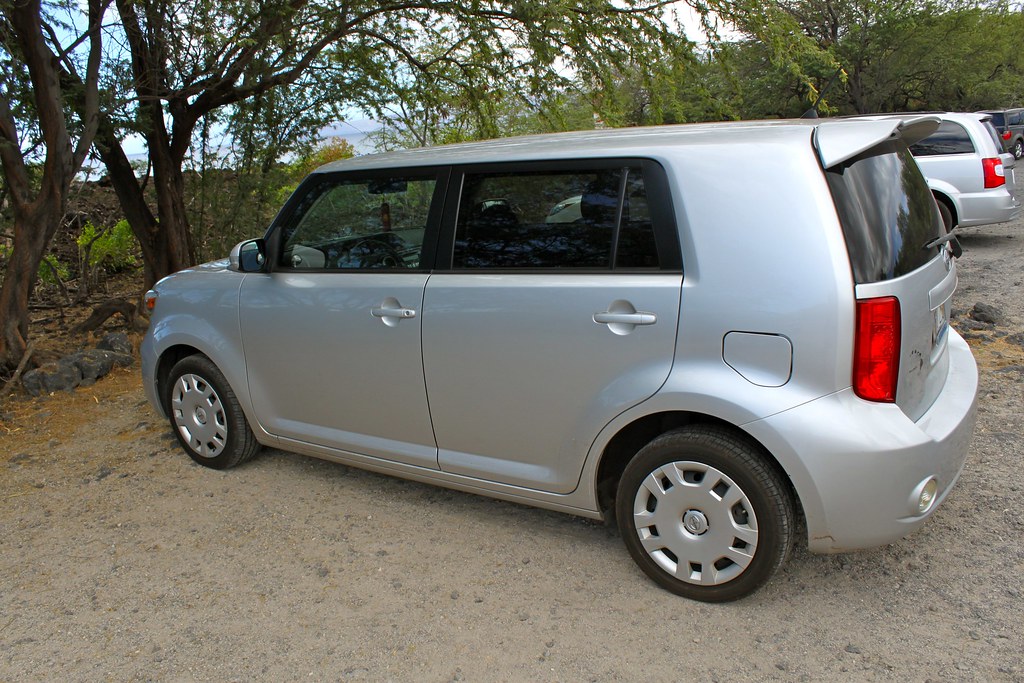
9. **Popping or Cracking Sounds When Turning (CV Joints)**If you notice a distinct popping or cracking sound, particularly when you’re turning your vehicle, it almost invariably points to a problem with the constant velocity (CV) joints. These crucial components are found on front-wheel-drive cars and some all-wheel-drive vehicles, connecting the transmission to the wheels while allowing for the necessary flexibility in steering and suspension movement. The sounds usually become more pronounced when accelerating while turning, such as pulling out of a parking spot or making a tight corner.
CV joints are encased in rubber boots filled with grease, which protects them from dirt, water, and debris, and keeps them lubricated. Over time, these boots can tear, allowing the protective grease to escape and contaminants to enter. Once dirt and moisture get into the joint, the internal components start to wear rapidly, leading to the characteristic popping or clicking noise. This metal-on-metal wear is a clear sign that the joint is failing and losing its structural integrity.
A failing CV joint is not just an annoyance; it’s a serious issue that demands immediate attention. If left unaddressed, a worn CV joint can eventually seize or break completely. Should a CV joint fail while driving, it can lead to a sudden loss of power to the wheels, or even cause the wheel to lock up, resulting in a dangerous loss of control. This kind of failure can not only be costly to repair, potentially requiring a complete axle replacement, but it also poses a significant safety risk to you and other motorists.
To diagnose, listen carefully for the sound when making turns in both directions. A visual inspection of the CV boots is also highly recommended. Look for any tears, cracks, or signs of grease leaking from around the boots, typically located near the wheels on the drive axles. If you observe any damage to the boots or hear persistent popping or cracking, it’s crucial to have a professional mechanic assess the CV joints. Replacing a damaged boot and repacking the joint with grease can sometimes be a solution if caught early, but often a new CV axle assembly is required to restore proper function and safety.

10. **Loud Roaring or Booming Noise (Exhaust System)**A loud roaring or booming noise emanating from underneath your car, especially one that intensifies with acceleration, is a tell-tale sign of a compromised exhaust system. While rattling (as discussed in item 3) might indicate loose components, a deep roar usually signifies a larger breach, such as a significant hole, crack, or disconnection in one of the exhaust pipes, the muffler, or the catalytic converter. This noise is essentially the engine’s combustion sounds escaping without proper dampening.
The exhaust system’s primary roles are to channel harmful exhaust gases away from the passenger cabin and to quiet the engine’s operation. When there’s a substantial leak or damage, these gases can escape prematurely, creating the loud, aggressive sound. Beyond the noise, such damage can lead to a noticeable decrease in engine performance, including poor fuel efficiency and potentially engine misfires, as the engine’s back pressure is no longer properly regulated.
More importantly, a large exhaust leak poses a significant health and safety hazard. Harmful gases, most notably carbon monoxide, can seep into the vehicle’s cabin. Carbon monoxide is odorless and colorless, making its presence undetectable without specialized equipment, and exposure can lead to serious health issues or even be fatal. Therefore, a loud roaring noise from your exhaust should not be dismissed as merely an annoyance but rather treated as a critical safety concern requiring immediate attention.
To diagnose, listen for where the sound is strongest – often directly under the floorboards or towards the rear. Safely inspect the entire exhaust system (when the car is cool!) for any visible holes, cracks, or disconnected pipes. Pay close attention to the muffler, catalytic converter, and all joints and hangers. Sometimes, the damage might be subtle, but the auditory cue is undeniable. Given the potential dangers of exhaust leaks, if you hear a roaring or booming, a professional mechanic should perform a thorough inspection and repair to ensure both optimal vehicle performance and, more critically, the safety of the occupants.

11. **Hissing Sound (Under Hood – Leaks)**A distinct hissing sound coming from under the hood, particularly noticeable after the engine has been running or is hot, often points to a fluid leak within a pressurized system. This noise is essentially steam escaping or air leaking from a vacuum line. While not always an immediate catastrophic failure, it’s a clear warning that something isn’t sealed correctly, and it warrants your prompt investigation to prevent more serious issues.
One of the most common causes of a hissing sound is a leak in the cooling system. This could be a cracked radiator hose, a pinhole in the radiator itself, or a loose radiator cap, allowing hot coolant and steam to escape. If you also notice a sweet smell or see fluid puddles under your car, especially a greenish, pinkish, or orange liquid, it further confirms a coolant leak. An overheated engine due to a coolant leak can quickly lead to severe and extremely costly damage, making this hissing a critical warning.
Another source of under-hood hissing can be a vacuum leak. Modern engines rely on a complex network of vacuum lines to operate various components, including the brakes, emissions control system, and engine sensors. A cracked or disconnected vacuum hose will allow air to be drawn in, creating a hissing sound and often leading to engine performance issues like a rough idle, reduced power, or even triggering a check engine light. These leaks can disrupt the delicate air-fuel mixture, impacting overall engine efficiency and longevity.
To diagnose, with the engine cool and off, visually inspect all hoses and fluid reservoirs under the hood. Look for any signs of leaks, wet spots, or residue around hoses, clamps, and radiator components. You might also trace vacuum lines to see if any are cracked, loose, or disconnected. If you can’t pinpoint the source of the hiss yourself, or if you suspect a coolant leak, it’s vital to have a professional mechanic examine the system. Early detection and repair of leaks are crucial to maintaining engine health, preventing overheating, and ensuring efficient operation.
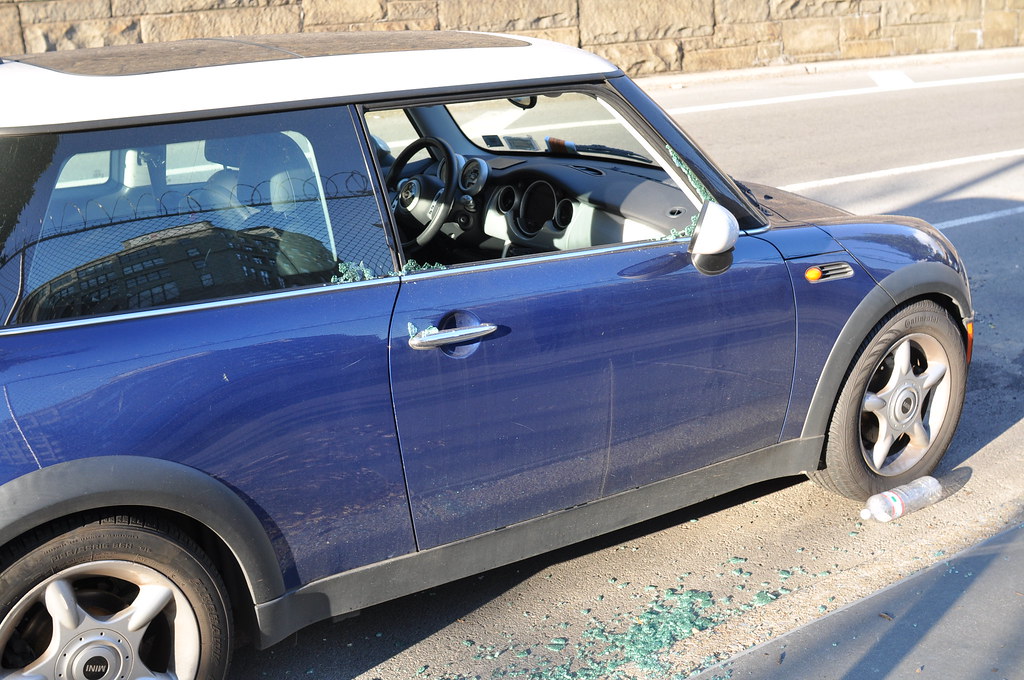
12. **Whining or Howling Noise (Transmission)**If your car emits a whining or howling noise, especially one that changes pitch with vehicle speed or when shifting gears, your transmission might be signaling distress. This is a sound that should never be overlooked, as the transmission is one of the most complex and expensive components in your vehicle. Unlike engine noises, transmission-related whines are often perceived as coming from the middle or rear underside of the car, and can sometimes be more noticeable under acceleration or deceleration.
A common reason for a whining transmission is low or degraded transmission fluid. Just like engine oil, transmission fluid is vital for lubrication, cooling, and hydraulic pressure within the transmission. If the fluid level drops too low due to a leak, or if the fluid becomes old, burnt, or contaminated, it loses its ability to protect the internal gears and bearings. This increased friction and lack of proper hydraulic function can manifest as a distinct whining or howling sound, indicating premature wear within the transmission.
Beyond fluid issues, a persistent whining or howling can also be a symptom of internal transmission damage. This could involve worn-out gears, bearings, or other critical components. If the sound is accompanied by difficulties in shifting, slipping gears, or a burning smell, it strongly suggests a more severe internal problem. Timely intervention is crucial, as neglecting these warnings can quickly lead to complete transmission failure, necessitating a very costly rebuild or replacement.
To diagnose a transmission whine, the first step is to check the transmission fluid level and condition, typically with the engine warm and running (consult your owner’s manual for the correct procedure for your specific vehicle). The fluid should be at the correct level and appear reddish and transparent, not dark brown or black, nor should it smell burnt. If the fluid is low or appears degraded, topping it up or getting a fluid flush might alleviate the noise. However, if the sound persists, or if you notice any other transmission performance issues, it’s imperative to have a qualified transmission specialist perform a thorough diagnostic. Addressing transmission problems early can often save you from a much larger repair bill down the line.
In the intricate dance between driver and machine, your vehicle’s sounds are its language, a symphony of operational feedback. We’ve journeyed through the most common and concerning car noises, from the tell-tale squeal of a worn belt to the ominous roar of an exhaust leak, and the critical whine of a struggling transmission. Understanding these auditory clues empowers you not just to react, but to anticipate, to prevent, and to protect your investment. By listening attentively and acting proactively, you’re not just maintaining a car; you’re ensuring a safer, more reliable, and longer-lasting partnership with your vehicle. Stay vigilant, trust your ears, and remember that an early diagnosis is always the cheapest repair. Your car is talking, are you listening?

